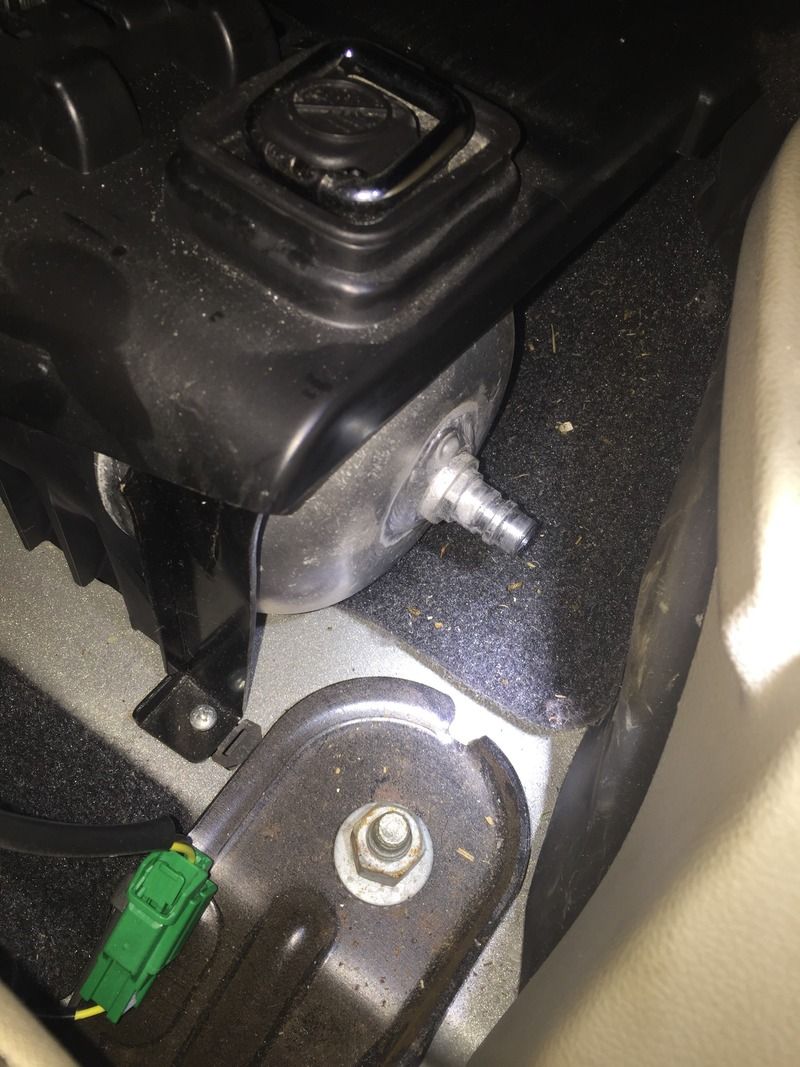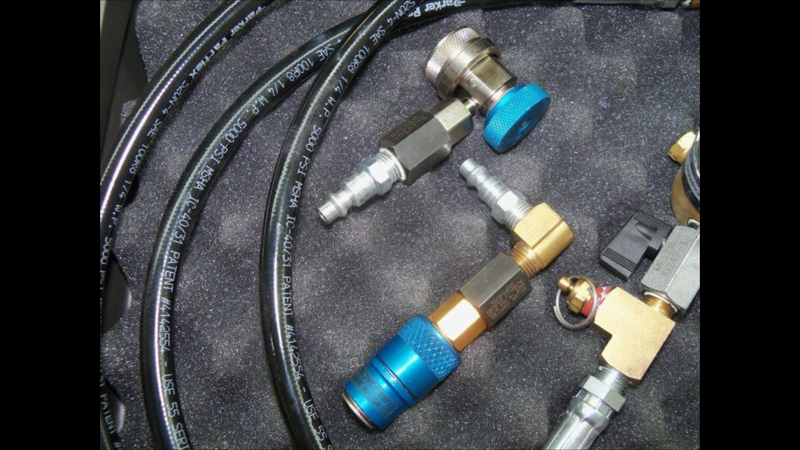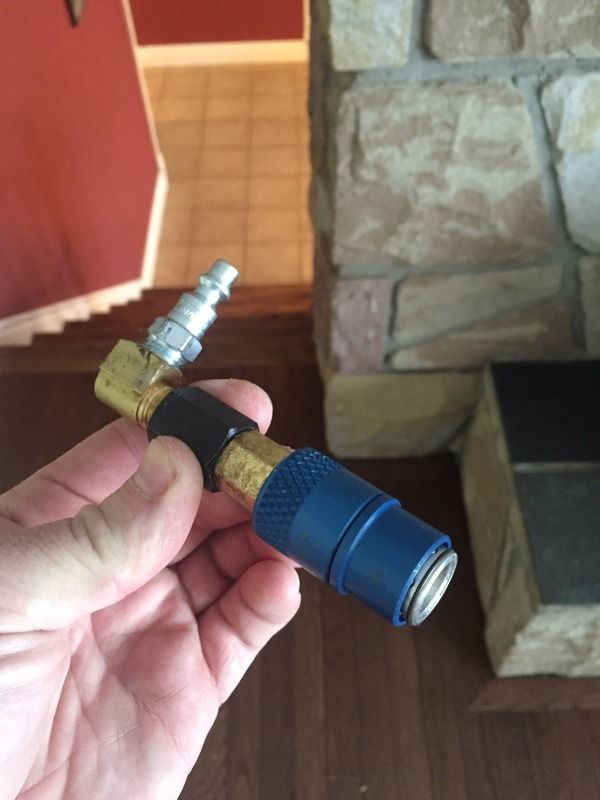I don't know if they were flashing or not. Didn't look in. I know that right now I can go from Normal to OR1 in the driveway but it fails to go to OR2. End up getting Service/Repair Air Suspension message eventually.
Sent from my iPhone using Tapatalk
Hey JeepGC4me,
TSB 08-034-12 may relate to your vehicle:
SUBJECT:
Flash: Service Air Suspension Message And/Or U0415-00 And/Or C159E-15 Set
OVERVIEW:
This bulletin involves reprogramming the Air Suspension Control Module (ASCM) with new
software.
MODELS:
2011 - 2012 (WK) Grand Cherokee
NOTE: This bulletin applies to vehicles equipped with Quadra-Lift (TM) Air
Suspension (sales code SER) built before May 1, 2012 (MDH 0501XX).
SYMPTOM/CONDITION:
The customer may experience a "Service Air Suspension" message. Upon further
investigation the Technician may find that U0415-00 Impliable Data Received From
Anti-lock Brake System (ABS) or C159E-15 Air Pump Temperature Sensor has been set
active or stored.
Also if the vehicle is driven in extremely cold temperatures (-30C/-22F) the ASCM should
be updated with the new software. The new software will allow the air compressor to
continue to operate until -40C/-40F.
Updating the software will correct the conditions listed above.









